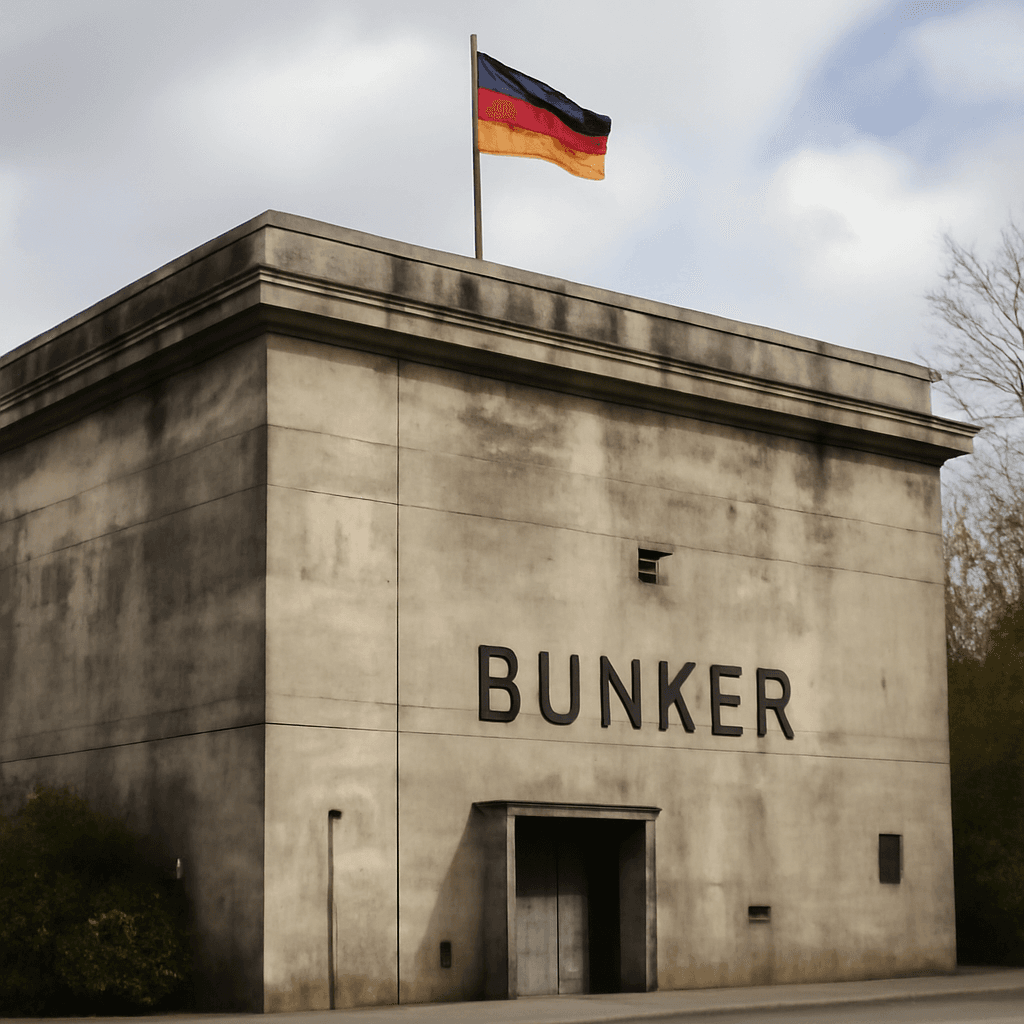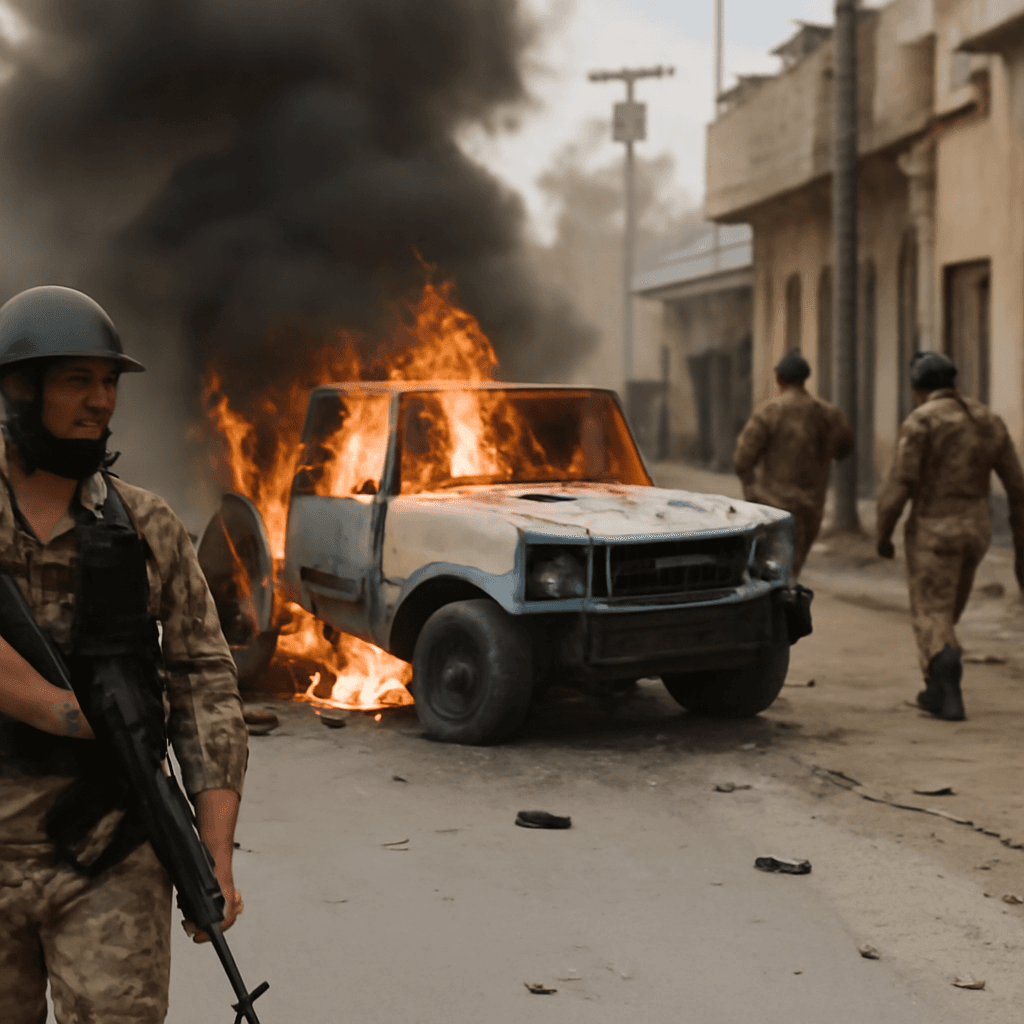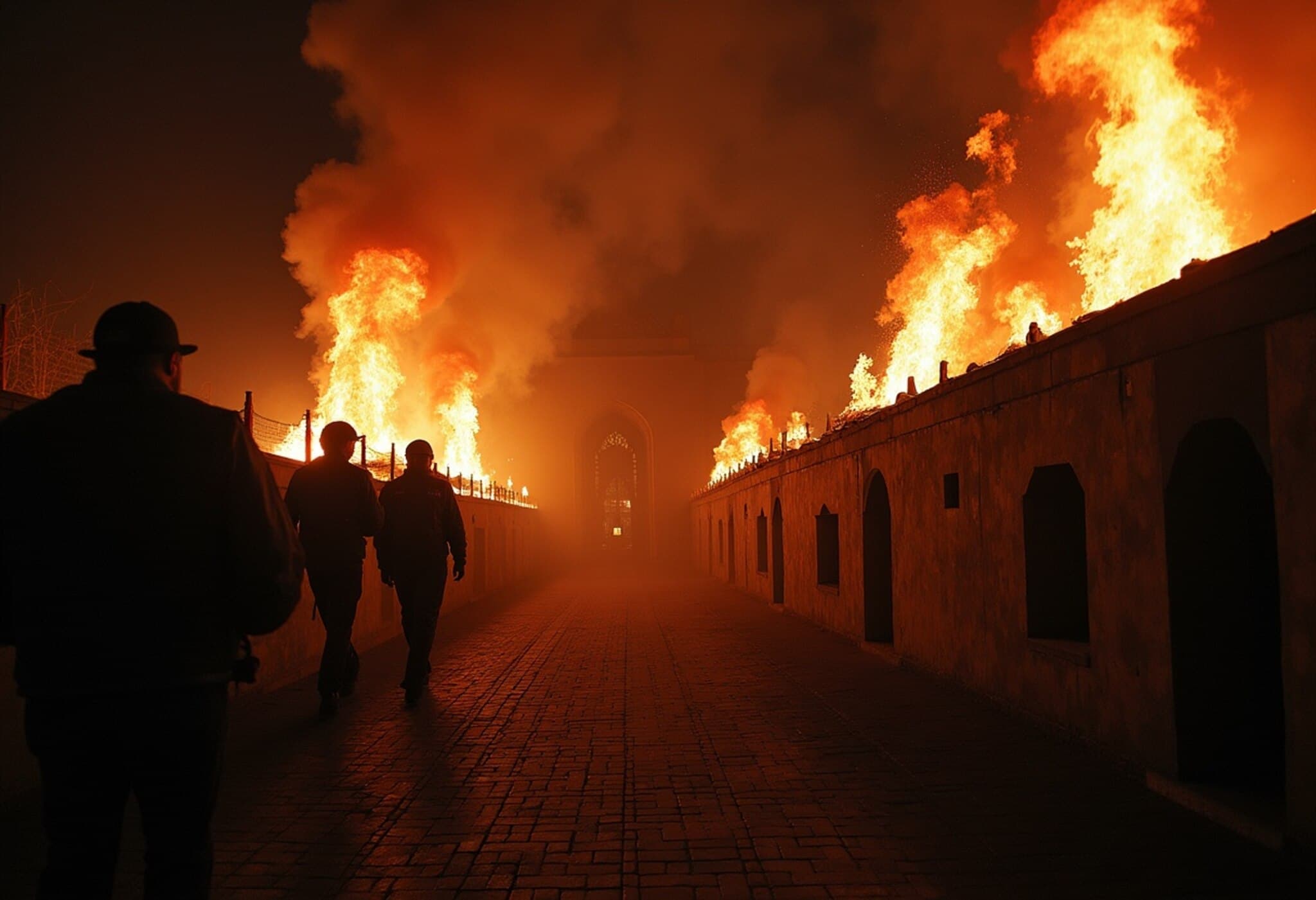Germany Ramps Up Shelter Infrastructure Over Security Concerns
Germany is set to rapidly increase its network of bomb-proof bunkers and shelters in response to growing fears of a possible Russian attack within the next four years. This move was announced by Ralph Tiesler, head of the Federal Office of Civil Protection and Disaster Assistance (BBK), highlighting that the country is currently ill-prepared for such an eventuality.
Recognizing the Reality of Potential Conflict
For decades, Germany operated under the assumption that war was unlikely on its soil. However, recent geopolitical tensions have forced a reassessment. “The belief that war was not a scenario we needed to prepare for no longer holds true,” Tiesler stated. The country now faces the urgent need to brace for a major conflict in Europe.
Efforts to Maximize Existing Structures
Instead of relying solely on costly and time-consuming new constructions, the government plans to convert existing infrastructure — including tunnels, underground stations, parking garages, and the basements of public buildings — into protective shelters. The goal is to create safe spaces for approximately one million people across the country. A detailed expansion plan is expected later this summer.
Current Shelter Capacities and Comparisons
At present, only about 580 of Germany’s 2,000 Cold War-era bunkers remain operational, collectively offering protection for roughly 480,000 people, a mere 0.5% of the nation's population. Most of these require extensive and expensive upgrades to meet modern standards.
By comparison, Finland maintains around 50,000 protection rooms, sufficient for shielding nearly 85% of its population. This stark disparity underscores the urgency of Germany's mission to bolster civil defenses.
Improving Public Awareness and Warning Systems
Alongside shelter expansion, the BBK is pushing for enhanced public information measures. This includes upgrading mobile warning apps, installing clearer road signage directing citizens to the nearest shelters, modernizing warning sirens, and strengthening cybersecurity defenses for alert systems.
Funding and Political Backing
Tiesler appealed to Chancellor Friedrich Merz’s administration to prioritize and secure funding for these protective measures. While the necessity of these initiatives is widely acknowledged, a formal legal allocation of resources is still pending.
Following the parliament’s recent suspension of Germany’s debt ceiling, there is an expectation that significant investment will flow into military upgrades, critical infrastructure, and civil defense programs — including this ambitious bunker expansion.
Preparing for an Uncertain Future
As the conflict in Ukraine escalates and tensions in Eastern Europe rise, Germany’s proactive steps to enhance its civil protection reflect a wider regional concern. This push to modernize and expand shelters signals a strategic pivot, emphasizing preparedness and resilience in the face of emerging threats.












